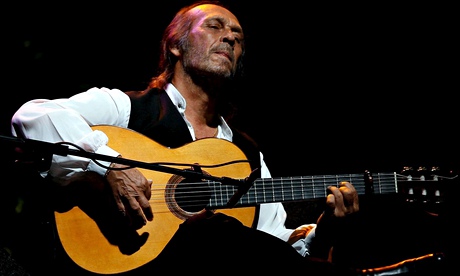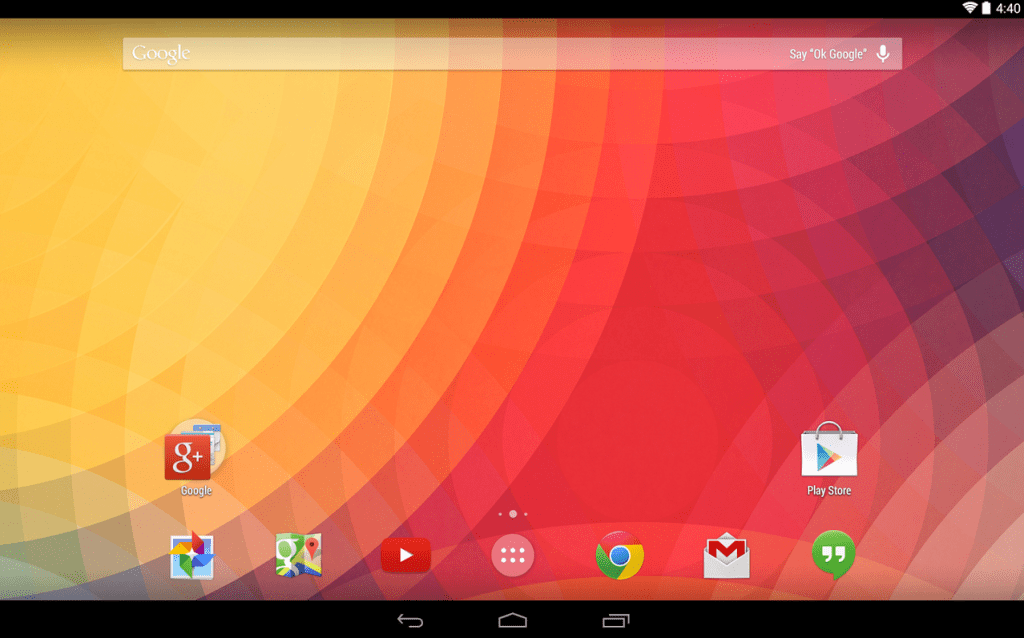President Vladimir Putin put 150,000 Russian combat troops on high alert for war games near Ukraine on Wednesday, the Kremlin's boldest gesture yet after days of sabre rattling since its ally Viktor Yanukovich was toppled as president in Kiev.
Moscow denied that the previously unannounced drill in the western military district near Ukraine was linked to events in its neighbour but it came amid a series of increasingly strident statements about the fate of Russian citizens and interests.
With the political turmoil hammering Ukraine's economy, the central bank said it would no longer intervene to shield the hryvnia currency, which tumbled 4 percent on Wednesday and is now down a fifth since January 1. Wednesday's abrupt abandonment of Ukraine's currency peg sent ripples to Russia where the rouble fell to five-year lows and bank shares fell.
Thousands of ethnic Russians, who form the majority in Ukraine's Crimea region, demonstrated for independence. They scuffled with rival demonstrators supporting the new Kiev authorities. The Crimea is home to part of Russia's Black Sea Fleet, which Moscow said it was taking steps to secure.
One person died in the Crimea protest, apparently of a heart attack during a crush of the crowd, Interfax news agency reported. A Reuters correspondent on the scene reported surging crowds and scuffles but no major violence.
NATO defence ministers, meeting in Brussels, issued a statement supporting "Ukrainian sovereignty and independence, territorial integrity, democratic development, and the principle of inviolability of frontiers". Their statement made no direct mention of the Russian war games.
U.S. Secretary of State John Kerry said Russia should respect the territorial integrity of Ukraine and be "very careful" in its judgments toward its neighbour.
"What we need now to do is not get into an old, Cold War confrontation," he said on MSNBC television.
Russia's foreign ministry said Ukrainian extremists were
"imposing their will", and a Ukrainian church affiliated with the Moscow-based Russian Orthodox Church had faced threats.
Earlier Moscow denounced the rise of "nationalist and neo-fascist sentiment" in Ukraine's mainly Ukrainian-speaking west and said Russian speakers were being deprived of rights.
It has repeatedly expressed concern for the safety of Russian citizens in Ukraine, using language similar to statements that preceded its invasion of Georgia in 2008.
"In accordance with an order from the president of the Russian Federation, forces of the Western Military District were put on alert at 1400 (1000 GMT) today," Interfax news agency quoted Russian Defence Minister Sergei Shoigu as saying.
Shoigu also said Russia was also "carefully watching what is happening in Crimea" and taking "measures to guarantee the safety of facilities, infrastructure and arsenals of the Black Sea Fleet," in remarks reported by state news agency RIA.
Since Yanukovich's downfall on Friday, all eyes have been on Putin, who ordered the invasion of neighbouring Georgia in 2008 to protect two self-declared independent regions with many ethnic Russians and others holding Russian passports, and then recognised the regions as independent states.
Any military action in Ukraine, a country of 46 million people that has close ties with European powers and the United States, would be far more serious - the closest the West and Russia have come to outright confrontation since the Cold War.
Despite the alarm raised by the sabre-rattling, many analysts expect Putin will pull back before taking armed action.
The war games would cause tension in Ukraine and Europe but were probably for show, said Moscow-based military analyst Alexander Golts: "Any rational analysis says that Russia would get nothing out of military intervention - it would become an international outcast."
Ukraine's new authorities say they are worried about separatism in Crimea, the only part of Ukraine where the majority is ethnic Russian, although many ethnic Ukrainians in other eastern areas speak Russian as a first language.
The Crimea, a Black Sea peninsula administered as part of Russia until the Soviet authorities transferred it to Ukraine in 1954, has frequently seen separatist tension at times of mistrust between Moscow and Kiev.
Demonstrators poured into the regional capital Simferopol, where the provincial parliament was debating the crisis.
Pro-Russian crowds, some cossacks in silk and lambswool hats, shouted "Crimea is Russian!". More were bussed in, swelling the crowd. Police denied a report by a Russian news agency that there had been an explosion.
Rival demonstrators backing the new authorities - mainly ethnic Tatars repressed under soviet rule - rallied under a pale blue flag, shouting "Ukraine! Ukraine!"
Ukraine's new leadership plans to name its new cabinet late on Wednesday, paving the way for urgent IMF talks to stave off financial meltdown now that Russia is all but certain to cut off a $15 billion lifeline it offered Yanukovich as the prize for turning his back on ties with the EU in November.
The International Monetary Fund has said it is prepared to send a team of negotiators to Kiev, but a government must first be formed there and request the aid. U.S. Deputy Secretary of State William Burns, visiting Kiev, said American financial experts were already in the country looking for ways to help.
Yanukovich fled Kiev on Friday night after days of violence in which scores of his countrymen were killed, including demonstrators shot dead by police snipers from rooftops.
His whereabouts are not known, although the government says it believes he is hiding in Crimea. It wants him tried at the International Criminal Court in the Hague.
The new authorities must salvage the economy of a country near bankruptcy and heavily dependent on Russian gas. Traders in Kiev said the central bank was absent from the hryvnia market, allowing the currency to fall below 10 to the dollar, a record.
Central bank governor Stepan Kubiv said the bank would not intervene to prop up the currency in coming days. Sergiy Kruglyk, the bank's international relations director, said Kiev had "transferred from a fixed, so-called managed exchange rate to the flexible exchange rate".
Acting prosecutor Oleh Makhnytsky announced he had ordered police and intelligence agencies to draw up a list of foreign accounts held by Yanukovich's aides and their connections to search for "not millions, but billions" in stolen assets.
Every economic deal concluded in the four years of Yanukovich’s presidency would be carefully re-examined for possible corruption, Makhnytsky said.
Abandoning the currency peg will halt the rapid erosion of Ukraine's foreign reserves spent under Yanukovich to prop it up, but the further the hryvnia falls, the harder it will become for Kiev to repay its dollar debt. The cost of a contract to insure Ukraine's debt rose to levels that signal investors believe a default within five years is likelier than not.

